(855) 550-3246
(855) 550-3246
9am - 5pm CST
Unleash your creativity and craftsmanship with our DIY Pizza Oven Kits Collection at Elite Patio Direct. For those who love to build and customize, these kits offer everything you need to create your own wood-fired or gas pizza oven from scratch, bringing a touch of authenticity and a personal touch to your outdoor cooking space.
Building your own pizza oven is not only a rewarding project but also provides a stunning centerpiece for your backyard that you can enjoy for years to come. Whether you're a seasoned DIY enthusiast or just looking for a fun project, these kits make it easy to create a high-quality, custom-built pizza oven.

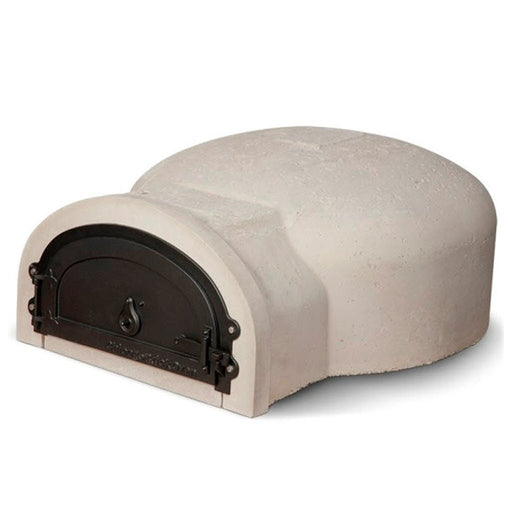 Save $600.00
Save $0.00
Save $600.00
Save $0.00
Chicago Brick Oven 750 DIY Wood Fired Pizza Oven Kit For entertaining any size crowd, the CBO-750 DIY Wood Fired Oven Kit is the perfect choice. De...
View full details
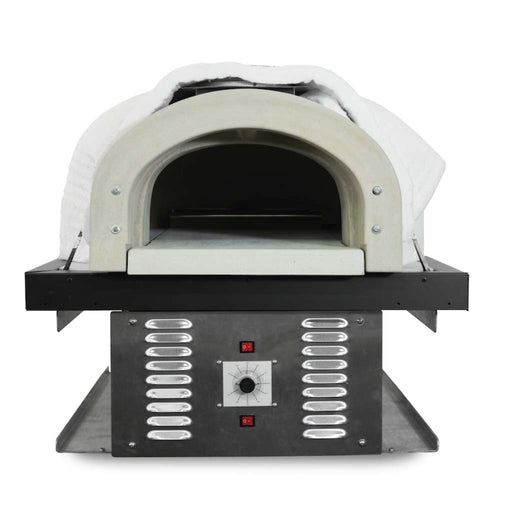 Save up to $1,250.00
Save $0.00
Save up to $1,250.00
Save $0.00
Chicago Brick Oven 750 DIY Hybrid Wood and Gas Fired Pizza Oven Kit If you are looking for quick heating, the CBO-750 Hybrid DIY Pizza Oven Kit ove...
View full details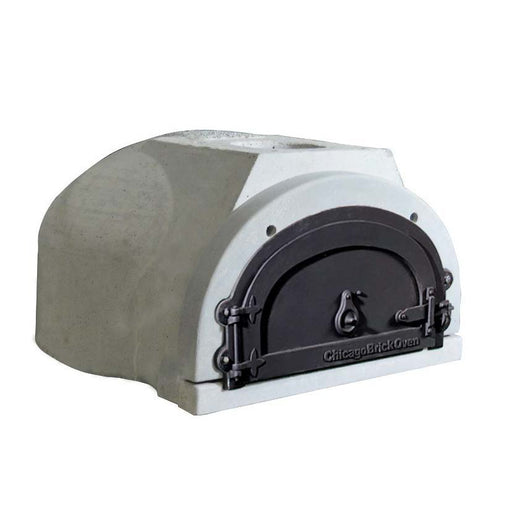
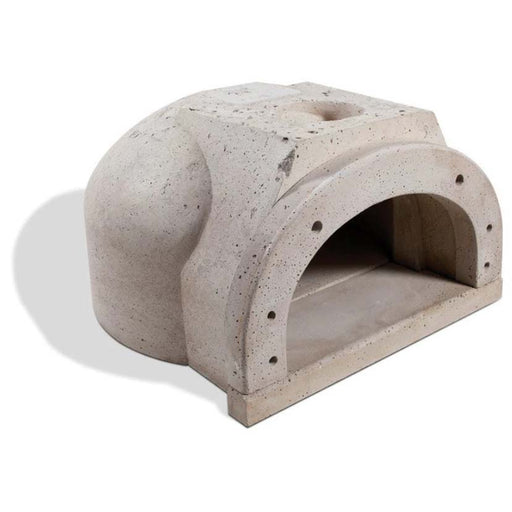 Save $500.00
Save $0.00
Save $500.00
Save $0.00
Chicago Brick Oven 500 DIY Wood Fired Pizza Oven Kit The CBO-500 Outdoor Pizza Oven DIY Kit is a great choice for layouts that require an oven wit...
View full details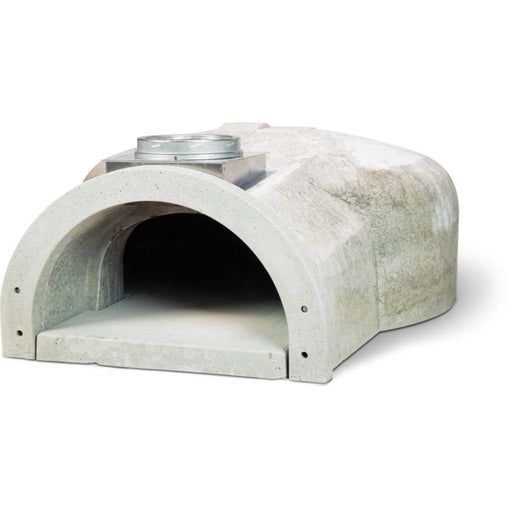
 Save $1,500.00
Save $0.00
Save $1,500.00
Save $0.00
Chicago Brick Oven 1000 DIY Wood Fired Pizza Oven Kit With over 2,000 square inches of cooking space, the CBO-1000 Commercial Pizza Oven DIY Kit is...
View full detailsOur DIY pizza oven kits include options to suit different styles, spaces, and cooking preferences. Each kit comes with all the essential components to build a fully functional pizza oven, including firebricks, insulation, and detailed instructions to guide you through the process.
The customizable nature of these kits allows you to design an oven that fits seamlessly into your outdoor kitchen or patio setup, whether you're aiming for a rustic, traditional look or a sleek, modern design. Once completed, your pizza oven will reach the high temperatures needed for perfectly cooked, crispy pizzas with that signature smoky flavor.
Why choose a DIY pizza oven kit? These kits offer the freedom to create an oven tailored to your specific needs, adding a personal and unique touch to your outdoor living space.
You'll get the satisfaction of building a functional, beautiful oven that not only cooks perfect pizzas but also bakes bread, roasts meats, and grills vegetables—all with the exceptional taste that only a high-quality pizza oven can provide.
The kits are designed for straightforward assembly, so whether you’re a beginner or have some experience in masonry or building, you can bring your dream pizza oven to life.
Durability and performance are key features of our DIY pizza oven kits. Made from high-quality materials like refractory bricks, stainless steel, and proper insulation, these ovens are built to retain heat effectively and provide consistent, high-temperature cooking for delicious results every time.
By constructing your own oven, you'll have the opportunity to create an outdoor cooking experience that's truly one-of-a-kind, tailored to your vision and style.
At Elite Patio Direct, we are committed to helping you achieve your outdoor cooking dreams. Our DIY Pizza Oven Kits Collection is carefully curated to provide you with the best materials, designs, and instructions for a successful project.
We offer competitive prices and expert customer service to support you every step of the way. If you have any questions about our kits or need assistance with your purchase, please reach out to us at 855-550-3246 or team@elitepatiodirect.com.
Browse our DIY Pizza Oven Kits Collection today, and start building your custom pizza oven for unforgettable outdoor cooking experiences and delicious homemade pizzas.
placeholder
